10 Spicy Secrets to the Best Barbecue Chicken Rub (You Won’t Believe #7!)
Hey spice lovers and grill masters! Welcome to another flavorful adventure on the spice frontier. Today, we're diving deep into the world of spice blends, specifically the best barbecue chicken rub that’ll make your neighbors knock on your door begging for seconds. Whether you’re a seasoned pitmaster or a weekend warrior with a Weber, this guide is packed with practical tips, fun facts, and flavor-blasting combos that will turn your backyard BBQ into a culinary carnival.
Why Your Rub Matters More Than You Think
You might be thinking, "It’s just a rub—how complicated can it be?" But here’s the spicy truth: your rub is like the foundation of a house. A bad one, and everything collapses. A great one? Magic happens. The right blend doesn't just season the meat—it transforms it. So let’s get into what makes the perfect barbecue chicken rub tick.
The Basic Players in a Killer Chicken Rub
- Salt: The MVP of flavor enhancement. Salt draws out moisture and helps other spices stick and penetrate the meat.
- Black Pepper: Adds a subtle heat and earthy bite.
- Paprika: For color, mild sweetness, and that classic red hue everyone expects from BBQ.
- Brown Sugar: Brings caramelization, sweetness, and depth.
- Garlic Powder: Because garlic = happiness.
- Onion Powder: Layers savory notes without adding moisture.
- Cayenne Pepper: Optional heat booster (adjust to your pain threshold).
- Smoked Paprika: If you want that smoky campfire vibe without the smoker.
- Dried Mustard: A secret weapon for tanginess and texture.
Top 10 Ingredients That Make Your Rub Pop
| Ingredient | Purpose | Best Type |
|---|---|---|
| Salt | Flavor enhancer, moisture control | Kosher salt or sea salt |
| Brown Sugar | Sweetness, crust formation | Light brown sugar |
| Paprika | Color, mild sweetness | Sweet paprika |
| Smoked Paprika | Smoky flavor without smoke | Spanish smoked paprika (Pimentón) |
| Garlic Powder | Aroma, savoriness | Organic garlic powder |
| Onion Powder | Depth, umami kick | Finely ground onion powder |
| Black Pepper | Heat, complexity | Freshly ground pepper |
| Cayenne Pepper | Spicy punch | Adjust to taste |
| Dried Mustard | Tanginess, binding agent | Yellow mustard powder |
| Cumin | Earthy warmth, Southwest flair | Ground cumin |
Pro Tips: How to Apply Your Rub Like a Boss
So you’ve got your ingredients. Now how do you use them like a pro?
- Rub It In Early: Give the chicken at least 1–2 hours to absorb the flavors. Overnight in the fridge? Even better.
- Don’t Be Shy: Coat all sides evenly, especially under the skin if you're working with thighs or drumsticks.
- Use Your Hands: No gloves? No problem. Rub with your bare hands—they’re the best tools for spreading and pressing in flavor.
- Add Fat: Lightly brush the chicken with oil before applying the rub so the spices stick like glue.
- Rest Before Cooking: Letting it sit after rubbing lets the spices meld into the meat.
Our Signature Chicken Rub Recipe
Here’s a basic version you can tweak endlessly. This batch makes enough for about 4–6 chicken breasts or a whole bird.
- 3 tbsp brown sugar
- 2 tbsp paprika
- 1 tbsp smoked paprika
- 1 tbsp kosher salt
- 1 tsp black pepper
- 1 tsp garlic powder
- 1 tsp onion powder
- ½ tsp cayenne pepper (optional)
- ½ tsp dried mustard
- ½ tsp cumin (optional)
Spice Variations: Mix & Match for Flavor Adventures
Want to play mad scientist with your spices? Here are some twisty-turny variations to keep things interesting:
- Texas-Style Rub: Less sugar, more black pepper, add chili powder for that bold, beefy vibe.
- Carolina Dry Rub: Swap brown sugar for a bit more salt and mustard, add celery seed for tang.
- Sweet & Smoky: Increase brown sugar and smoked paprika, skip the cayenne.
- Island Heat: Add a pinch of allspice and nutmeg for tropical flair, plus a bit more cayenne.
- Mexican Twist: Toss in ground coriander, chipotle powder, and lime zest for grilled fiesta vibes.
How to Store Your Homemade Rubs
Make extra? Smart move! Storing your homemade rub correctly ensures it stays potent and fresh.
- Store in an airtight container
- Keep away from direct sunlight and moisture
- Label with date and type of rub
- Most dry rubs last 6–12 months
Visual Breakdown: What Each Spice Does
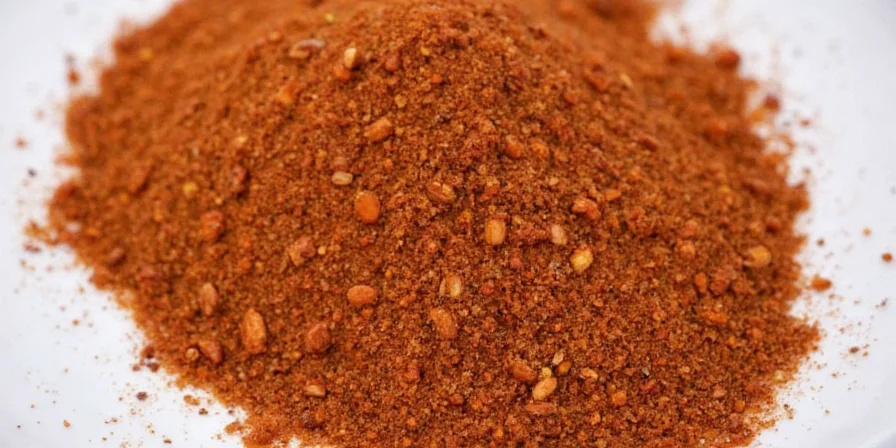
This handy chart shows how each ingredient affects flavor, color, and mouthfeel. Use it as your cheat sheet when crafting custom blends!
Common Mistakes to Avoid
We’ve all been there—accidentally turning dinner into a salty science experiment. Avoid these common rub blunders:
- Too much salt = dry, overly seasoned meat
- Not enough time = bland results
- Forgetting oil = spices fall off like autumn leaves
- Using stale spices = lackluster flavor town
Grilling vs. Smoking: Does Your Rub Change?
Absolutely! Here's how to adapt your rub depending on your cooking method:
| Cooking Method | Recommended Adjustments |
|---|---|
| Grilling | More sugar = better char; less smoke needed |
| Smoking | Less sugar = prevent burning; lean into smoky spices |
Testing Your Rub Like a Pro
Need to test your new creation before the big cookout? Try this:
- Take a small piece of chicken breast
- Rub it generously and pan-sear it
- Taste and adjust—easy peasy lemon squeezy!
The Science Behind the Sizzle
Let’s geek out for a moment. Did you know that when you apply a rub, several chemical reactions happen? The salt pulls moisture to the surface, which then reabsorbs with the spices, creating a kind of “dry brine.” Sugars caramelize and form the Maillard reaction crust—the golden-brown deliciousness we all love. And those aromatic compounds in spices? They vaporize during cooking, filling your kitchen (and neighborhood) with intoxicating smells. Nerd alert: Spices aren’t just for flavor—they’re for chemistry!
Final Thoughts: Don’t Be Afraid to Get Spicy
At the end of the day, your barbecue chicken rub should reflect your personality. Are you sweet and smoky? Bold and spicy? Mild and mellow? Whatever floats your boat—just don’t forget the salt. Once you’ve mastered the basics, you’re ready to go wild with flavor combinations and make every cookout legendary.
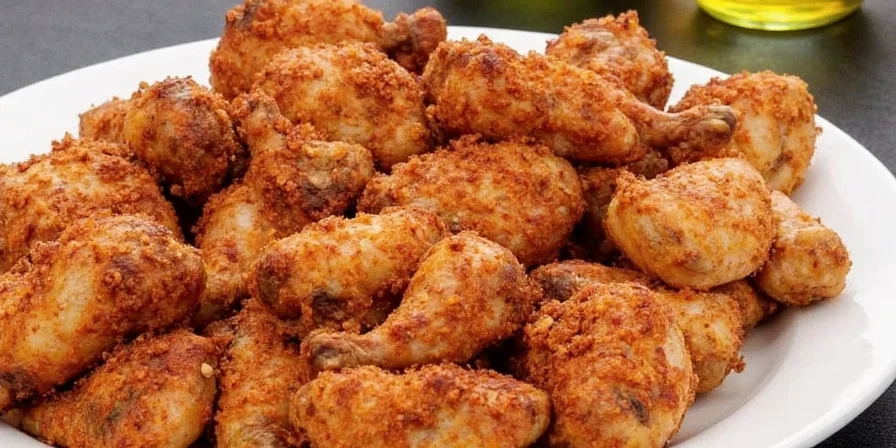
A perfectly grilled chicken with a rich, spiced crust. Looks good, right?

Your spice rack just became your secret weapon.
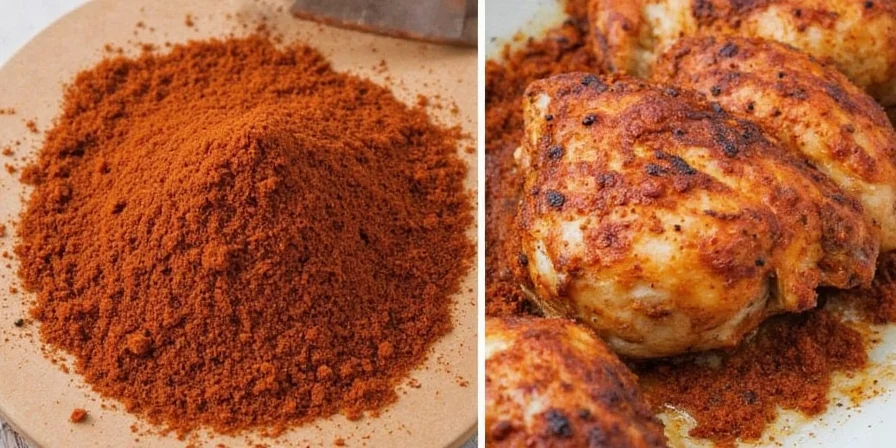
There’s no substitute for hands-on seasoning.
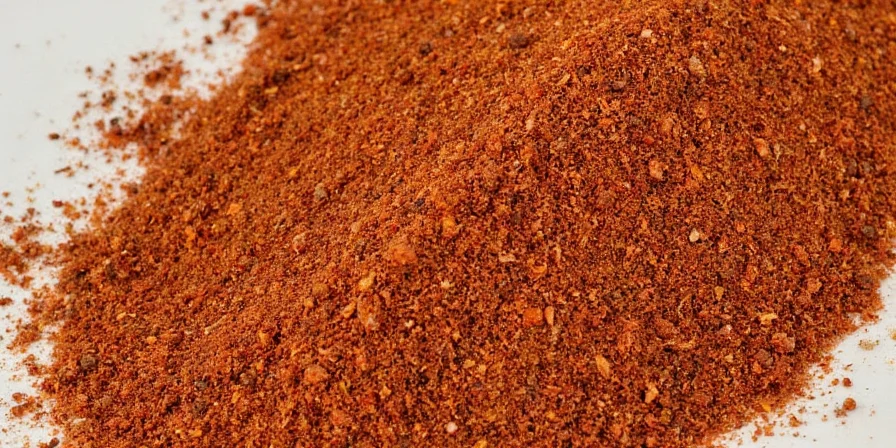
Choose your cooking style wisely—and adjust your rub accordingly.
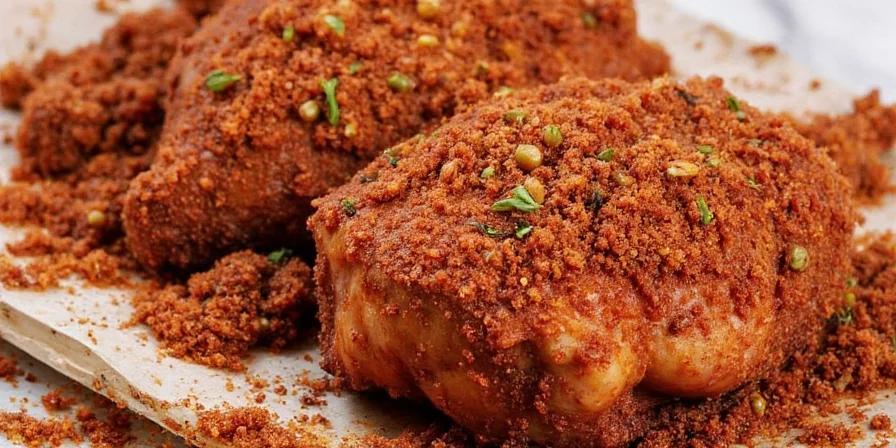
Quick testing = fewer mistakes and happier tastings.

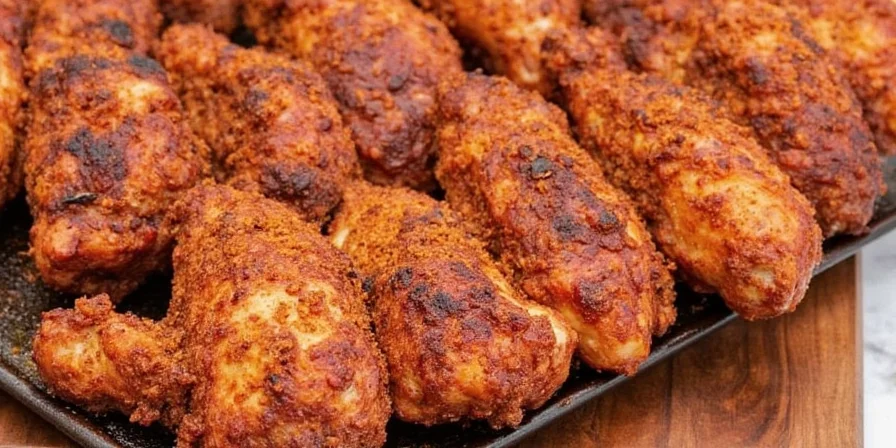









 浙公网安备
33010002000092号
浙公网安备
33010002000092号 浙B2-20120091-4
浙B2-20120091-4